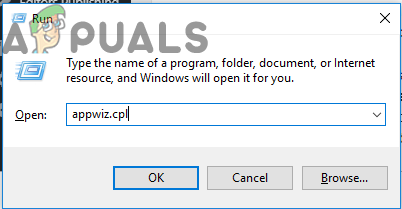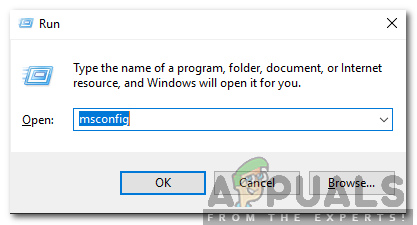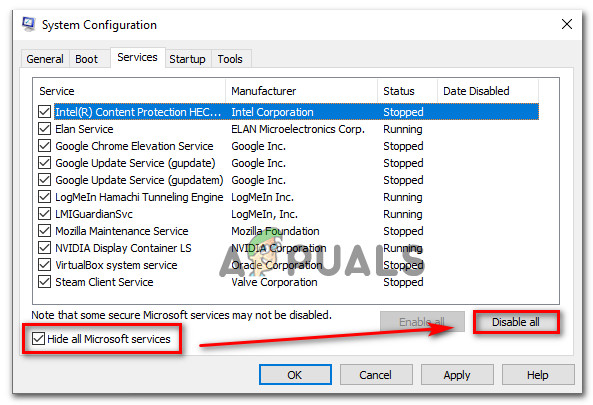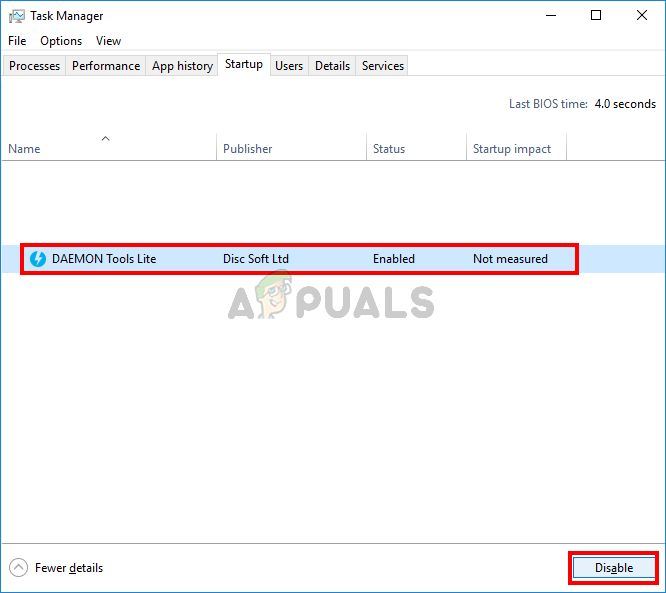What’s causing the ‘Sivinit has stopped working’ error on Windows 10?
We investigated this particular issue by looking at various user reports and by testing out the various repair strategies that are commonly recommended by affected users that managed to fix the issue on their computer. As it turns out, several different common scenarios might be triggering this error code. Here’s a shortlist of potential culprits: If you’re encountering this same issue and you’re looking for a fix that is capable of resolving the issue, this article will provide you with several different troubleshooting steps. Down below, you’ll discover a collection of potential fixes that other users in a similar situation have successfully used to stop the “Sivinit has stopped working” startup error from appearing. If you want to be as efficient as possible, we advise you to follow the potential fixes below in the same order we arranged them in (by efficiency and severity). Eventually, you will stumble upon a fix that will resolve the issue regardless of the culprit that’s causing the startup error code.
Method 1: Uninstalling System Information Viewer (if applicable)
As it turns out, the most common culprit that will produce the startup error “Sivinit has stopped working” is a corrupted Gigabyte component. If you’re using Gibabyte drivers or you recently swapped a component that used them, chances are you have a remnant application that’s causing this behavior. Most affected users that were struggling with this error have reported that they finally managed to resolve this issue by uninstalling the System Information Viewer (SIV) app. This utility will be bundled with a lot of Gigabyte drivers and is known to cause startup errors if the component is removed or not working properly. If this scenario is applicable, follow the instructions below to resolve the issue by uninstalling the System Information Viewer: In case this method wasn’t applicable or you followed it and you’re still encountering the same “Sivinit has stopped working” startup error, move down to the next method below.
Method 2: Performing a clean boot
If the issue above wasn’t applicable or it didn’t produce any results, a different startup process signed by Gigabyte is likely triggering the startup error. Since the Sivinit process is bundled with a lot of applications, we can’t compile a list of applications that might be causing this error. Fortunately, there is a way that will allow you to investigate and determine with startup item is causing this startup error. You can do this by booting your computer in a clean boot state, where no startup item is prevented from running. If the issue doesn’t occur while your system starts in a clean boot state, it’s clear that one of your 3rd party services is causing the issue. In this case, it becomes a matter of identifying the culprit responsible for the “Sivinit has stopped working” startup error. If this scenario applies to your current situation, follow the instructions below to achieve a clean boot state and then identify the 3rd party startup service that’s causing the error: If you followed the instructions below and you’re still encountering the “Sivinit has stopped working” startup error, move down to the next method below.
Method 3: Perform a repair install / clean install
If none of the methods below have allowed you to resolve the issue, you’re likely encountering the issue due to some underlying system file corruption. Since there are a lot of causes that might lead to this behavior, the easiest and most efficient fix, in this case, is to reset every Windows component. When it comes to resetting every component of your Windows operating system, you have two major options: a clean install or a repair install (in-place repair). A clean install is an easier and hassle-free procedure, but keep in mind that going this route will make you lose most of your data including installed applications, games, personal media and user preference (unless you back them up in advance). Going for a repair install (in-place repair) is a more tedious approach, but it has a major advantage. With a repair install, only the OS components will be affected. This means that all your applications, games, user preferences, and personal media will remain intact.
Fix: Windows has stopped this device because it has reported problems. (code 43)…Fix: NVIDIA Code 43 (Windows has stopped this device because it has reported…How to Fix the ‘Windows Push Notification User Service has Stopped Working’…FIX: Host Process Has Stopped Working Error (Windows 10)





